In 1954, Japan was still tip-toeing among the World economies. To boost its economy and provide people with the necessities of life mainly electricity, it decided to invest in Nuclear Energy. Rather than relying on other countries for Fossil Fuel imports, Japan made a bold move to go ahead with a technology that seemed rewarding in the long run and which would make them sustainable in the foreseeable future (Refer to more sustainable energy sources). The Officials and Govt. promised to emphasize the clean-green energy fact of nuclear while consciously ignoring the alarming terrors that would put a dent in the History of Japan.
[the_ad id=”7507″]
On 11th March 2011, An earthquake of magnitude 9.1 that would shatter the records of previous Quakes hit the Pacific coast of Honshu (The main Island of Japan). Within an hour after the Earthquake, a large tidal wave a.k.a Tsunami flooded the whole 10km area after the coastline. The water engulfed everything in its path leaving behind nothing but a tragic slurry of rubble, concrete, and dead bodies. Ever since Chernobyl, Fukushima is the only other accident classified as level 7 on International Nuclear Event Scale (INES).
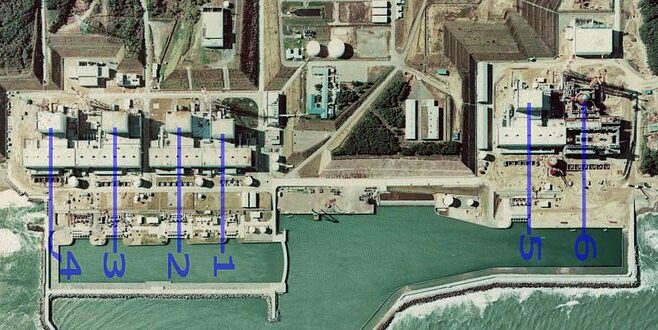
Fukushima Nuclear Disaster
The Fukushima Daiichi Nuclear Plant was located in Ōkuma, one of the towns in the Tōhoku region of Honshu. One of the largest operating plants built by TEPCO since 1974, it contributed a significant amount of electricity grid output. Bearing in mind the natural disastrous history of Japan, the plant was designed to withstand a max. of 0.46g-forces and a large concrete wall was built to prevent flooding of the plant by Tsunami of height 5.7m. But little did they guess that their measures would fail horribly, resulting in one of the worst Nuclear Waste disasters in the history of Earth.
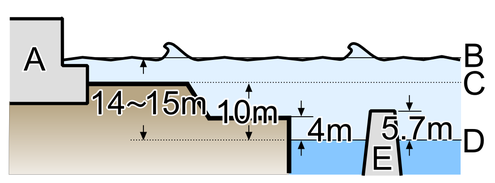
A: Power station buildings B: Peak height of tsunami C: Ground level of site D: Average sea level E: Seawall to block waves. [Source- wikipedia]
The Earthquake generated g-forces of up to 0.56 which crossed the stress limit of every reactor. The Tsunami that crashed the plant was approx. 17m in height, 3* times larger than the estimated value of Safety officials. Every building in the Nuclear plant was flooded and rubble lied everywhere. At the time of the accident, the Fukushima Nuclear plant housed 6 Boiling Water Reactors (BWR) of which reactor 1,2, and 3 were operating in full swing. The core in reactor 4 was unloaded and reactor 5 and 6 were in a Cold Shutdown state. After the quake was detected by the reactors, reactors 1,2, and 3 were immediately shut down with the insertion of control rods closing down the fission in a controlled manner.
[the_ad id=”7507″]
As reactors 1, 2, and 3 went offline, they could no longer produce the electricity required to operate the cooling systems, the emergency diesel generators came online. Until now, everything was operating according to the Emergency drill. But the Tsunami flooded the building containing the diesel generators leaving them in a turmoiled state. Only the backup generator for reactor 6 was operational which could be pressed into service and use to keep reactor 5 and 6 cooled.
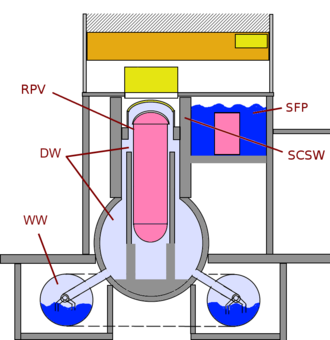
WW = Wetwell
SF = Spent Fuel Pool
light blue with pink dome = Reactor Pressure Vessel
purple = Secondary Concrete Shield Wall. [Source- wikimedia.org]
The BWR’s are designed to heat the water to steam directly which in turn drives the turbine to generate electricity. In BWR there is only one single system which that combines feedwater and steam. Reactor 1 was designed a little differently than the rest of the reactors. Reactors 2 and 3 had steam-driven pumps that cooled the reactor’s core by forcing steam into the Wet-Well Suppression pool tank. But in reactor 1, there was no pump but a conventional heat exchanger that used convention and gravity to cool the steam. However, due to excessive cooling, the worker decided to isolate the heat exchanger.
After Tsunami when devastation was at its peak, the worker tried to reactivate the heat exchanger, but the efforts went in vain. The temperature inside reactor 1’s core was increasing due to residual heat. Residual heat is the heat generated by the decay of radioactive material formed after the fission is stopped.
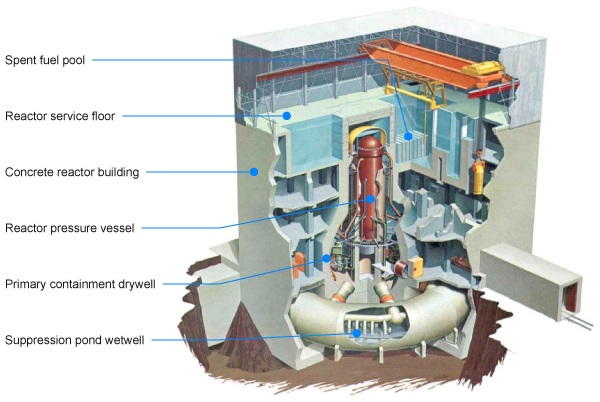
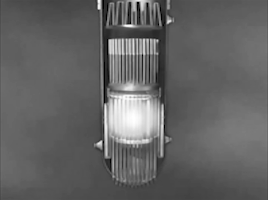
The water level began to drop in reactor 1. It dropped so low, such that the top of the Fuel rods became exposed to dry air. Heat begins to generate on a massive scale. Workers however were able to restore emergency power to cool the reactor. Unaware of the massive boil-off inside the reactor, heat converts water into steam in large quantity raising the pressure exponentially. Once again, the core is exposed to dry air and temperature reaching up to 2300°F, fuel rods begin to melt forming a slag of highly radioactive material called “Corium.” Reactor 1 had a ‘Meltdown.’
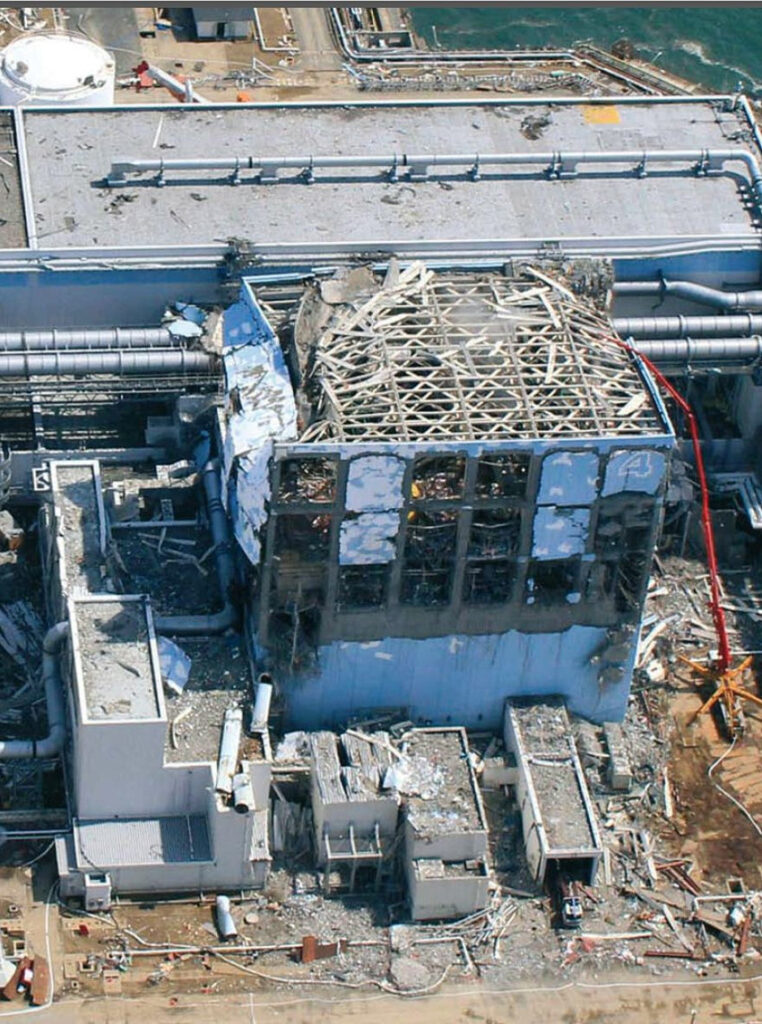
The precarious pressure levels inside Reactor 1 threaten to explode the reactor at any time. The plant workers take a gamble by releasing the slightly radioactive steam by venting. Until then the pressure and temperature inside exceeded the critical levels, and the Zircaloy making up the control rods reacted with steam to produce hydrogen gas. It began to leak through uncontrolled pathways and caused an explosion at top of the building not damaging the containment building. But the major problem was that the spent fuel pool build at top of the reactor was now exposed to the environment.
[the_ad id=”7507″]
Reactor 2 and 3 began following the same pattern ever since the cooling systems went offline. As the pressure level rose, the depressurizing valves opened and steam was vented into the wet-well suppression pool tank. The water acted as a good filter by trapping the radioactive elements in it. With water not being cooled, it began to boil thereby reducing the filtration capacity. Fearing containment rupture, the worker released the steam into the atmosphere but hydrogen also began to leak in the building. The H2 explosion blew the top frame of the building exposing the spent fuel pool. The core of reactor 3 melted and Corium formed a drop to the bottom of the reactor vessel. The explosion of hydrogen caused serious damage to the cooling system of reactor 2, the meltdown began in reactor 2.
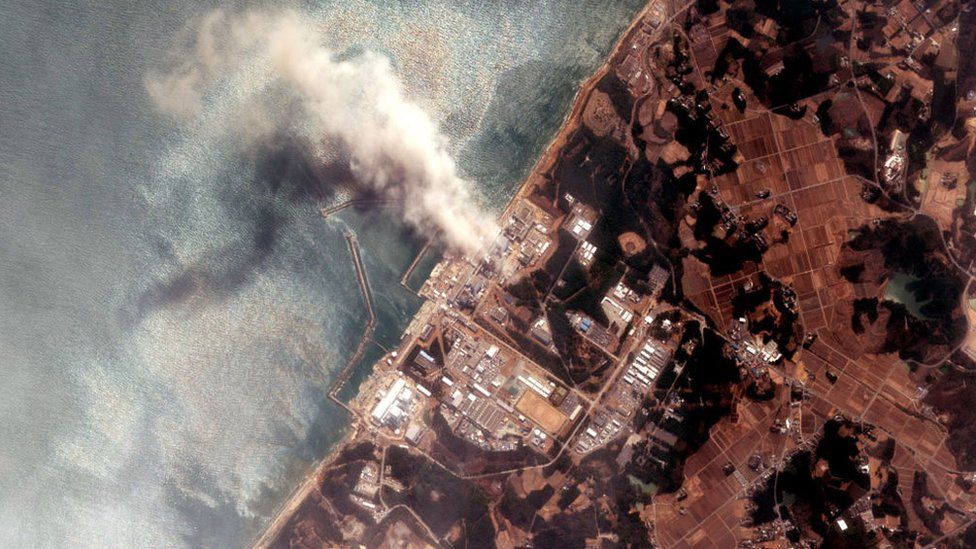
The temperature in reactor 2 skyrockets as the cooling system is damaged. Once gain the build-up of hydrogen gas causes an explosion in reactor 2’s containment building. The condition of reactor 2 is so much worse that it suffers a full-blown Meltdown. The Corium cuts through the pressure vessel and falls on the concrete layer of the reactor. Loss of leak-tightness leads to the discharge of unfiltered radioactive nuclear waste into the atmosphere and nuclear wastewater deposits in the soil.
[the_ad id=”7507″]
Aftermath and Prevailing Danger of Nuclear Waste
The main concern arises after the assessment of the damage report that the authorities were notified of the old tech used in the safety systems but after factoring in the cost of improving them TEPCO decided to run with the older systems. [Source- carnegieednownmnet] Moreover, the emergency systems had never been tested after the installation of the plant since 1974. The decision of Plant Boss Masao Yoshida continued to use seawater to cool the systems even though TEPCO ordered to shut it down. This decision led to discharging of approx. 18000 Terabecquerel of nuclear wastes in the Pacific Ocean.
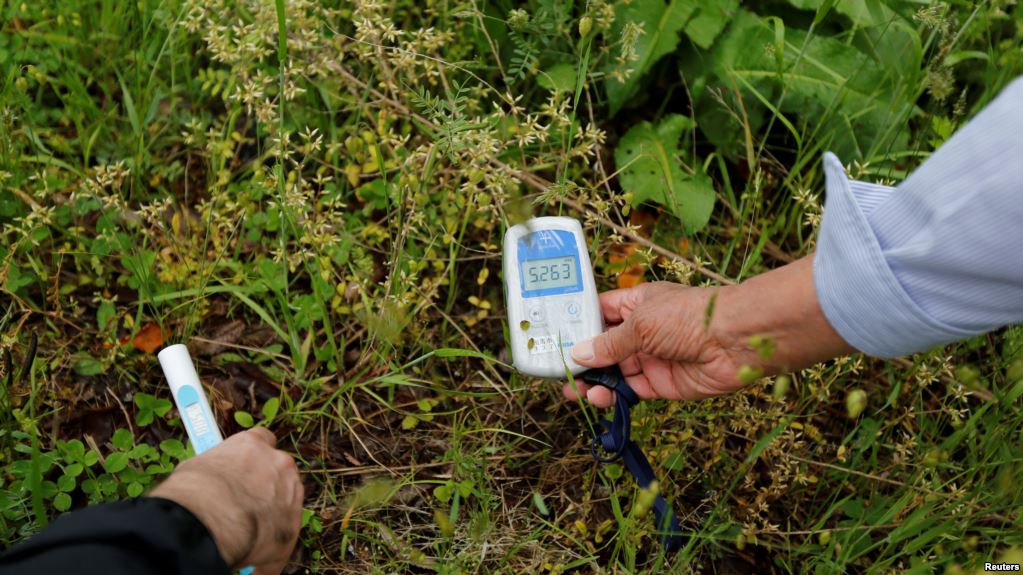
The radiation levels detected in seafood and crops rendered them useless for eating. Many farmers and the whole fishing community couldn’t sell their produce for nearly 36 months leaving them jobless. The decision affected 1,54,000 lives and an estimated loss of nearly 21.5 trillion yen ($187 billion). The clean-up of the site would take an estimated 40 years! Though the contaminated water is not being released since 2015, more than 1 million tonnes of water was used to cool the melted reactors. Japan has now decided to discharge the treated nuclear wastewater into the sea. This decision has spark outrage among the local people and the Fishing community of Fukushima. Years after the incident they finally managed to convince people that Fukushima food is safe and Japan’s decision would put their livelihood in peril.
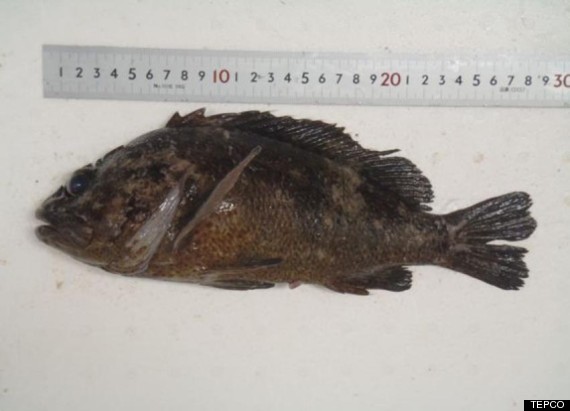
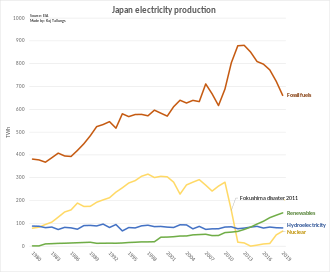
The decision sounds so delicate, that debate between government and people could turn the tide into a conflict any second. South Korea and China are against this decision but the U.S backs Japan over the debate. Moreover, the Plant Clean-up facility will run out of storage tanks for water in late 2022. With a large chunk of radioactive Corium waste remaining, they would ultimately have to consider some more viable options. Decisions like these affect the behavior of the public towards acceptance of modern technologies. Nuclear energy is the key to a greener if not renewable, future source of energy. The whole mumbo-jumbo boils down to just one question:
“Do we Need Nuclear Energy to battle Climate Change?”
Let me know your views in the comments below, and till then keep reading!


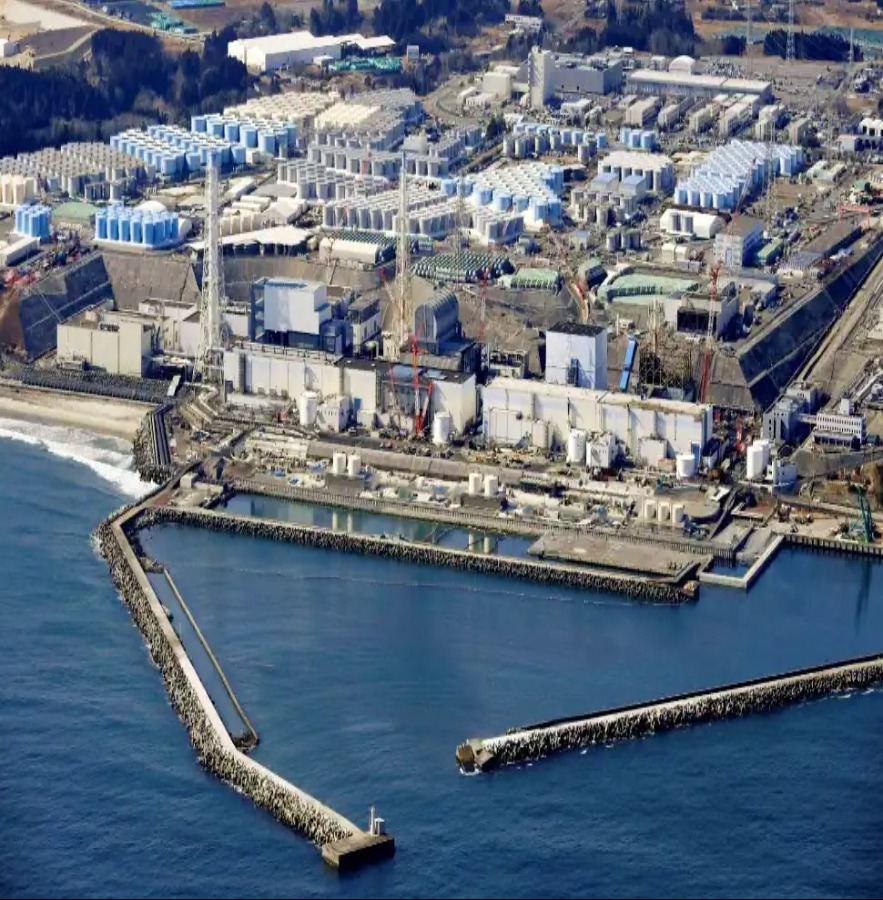

After looking at a few of the blog articles on your web page, I really like your way of blogging.
I added it to my bookmark website list and will
be checking back soon. Please visit my website
as well and let me know how you feel.
Have you ever thought about writing an ebook or guest
authoring on other blogs? I have a blog based upon on the same ideas you discuss and would love to have you share some stories/information. I
know my subscribers would enjoy your work. If you are even remotely interested, feel free to send me an email.
Woah! I’m really digging the template/theme of this blog. It’s simple, yet
effective. A lot of times it’s hard to get that “perfect balance” between superb usability and appearance.
I must say you have done a amazing job with this. Additionally, the blog loads extremely
quick for me on Chrome. Excellent Blog!
I would say that nuclear energy is not needed majorly for climate change. But considering its utility and applications in other areas, we need this source of energy. With sustainabiliy issues for coal based power resources and efficiency issues for solar and tidal energies, nuclear could be a crucial contendor. Though, releasing hazardous waste in water resources is not legit.
I agree with you Om on the latter point that we need a very ubiquitous technology that could make the nuclear waste less radioactive.
But answering the above question I think nuclear is our answer for the current rising demand for electric power. Though many renewable sources have been able to exploit their untapped potential, the adaptation from existing electric grid framework to shift it towards renewable is expensive and slightly cumbersome. Summing it all up, I think we should shift to nuclear ASAP!